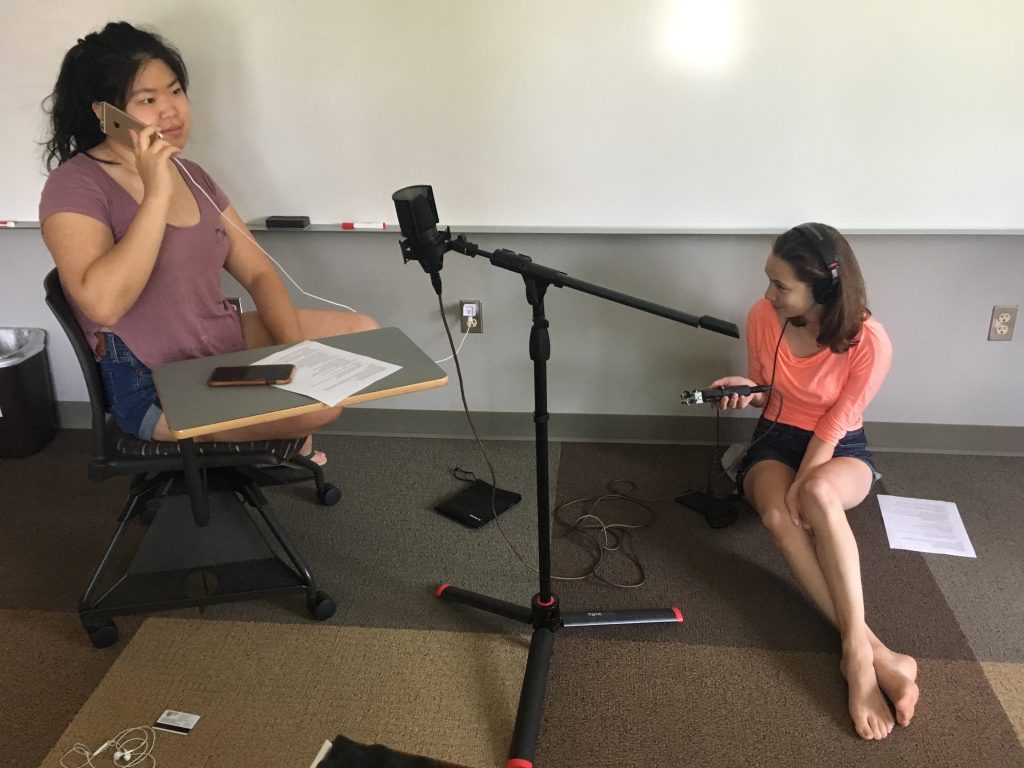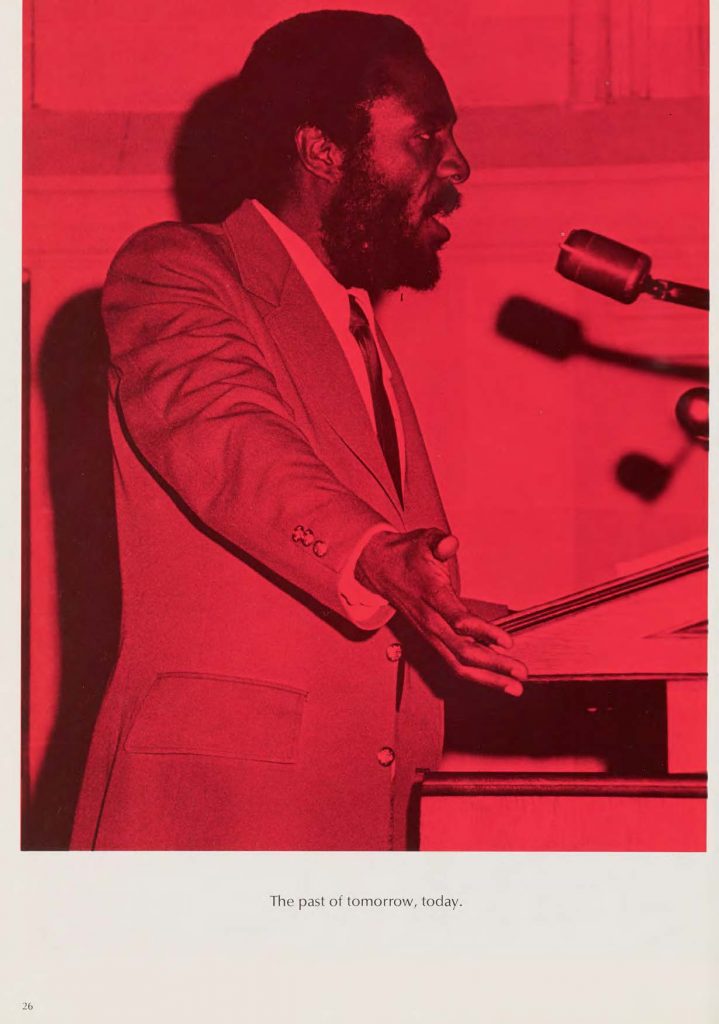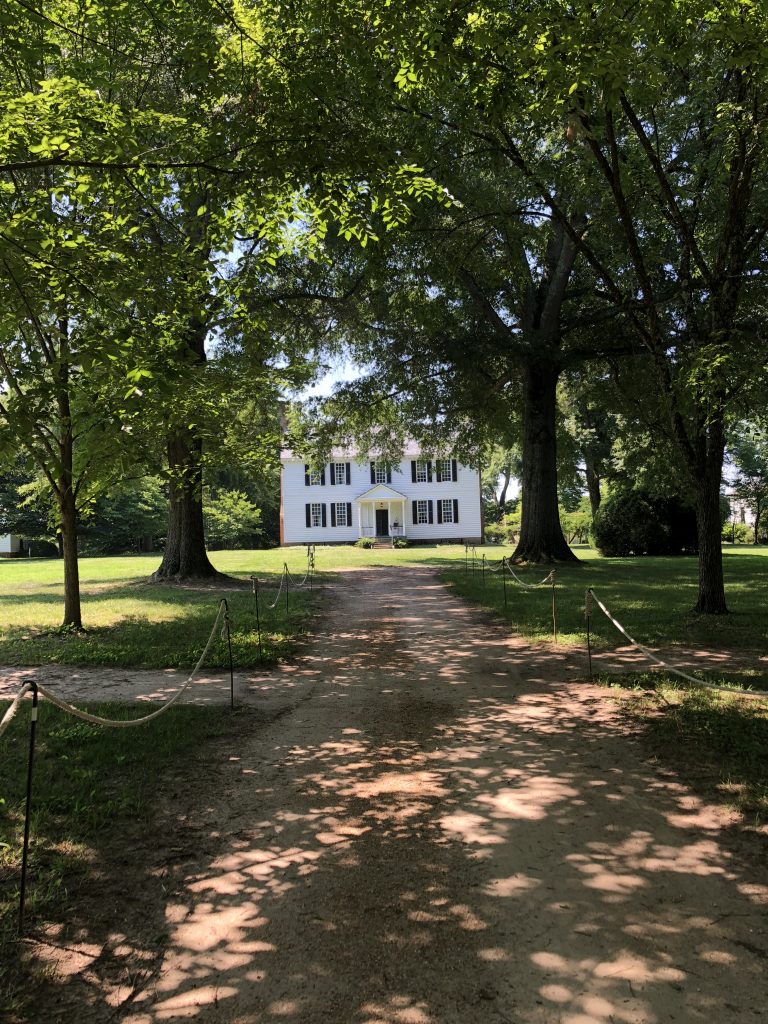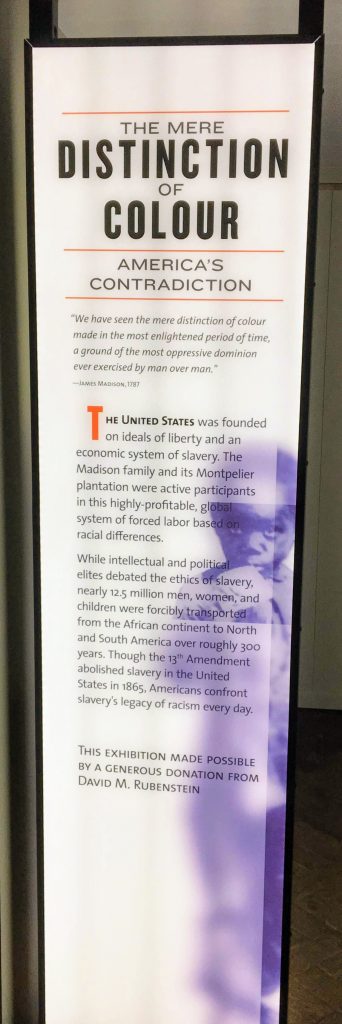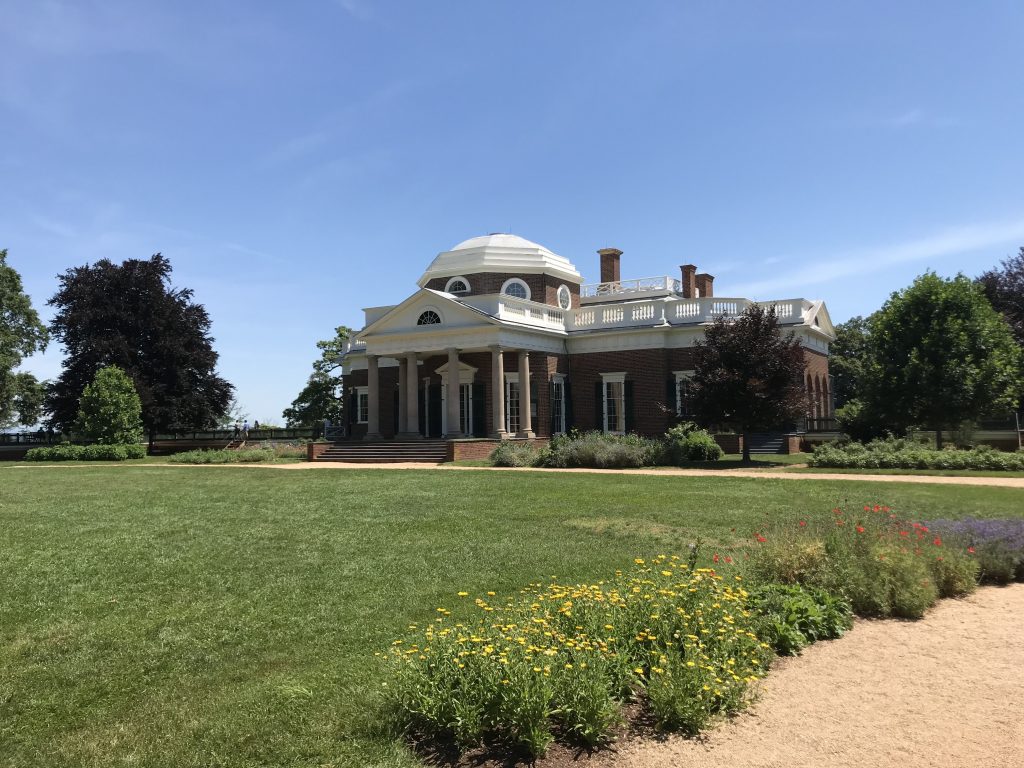by Ayele d’Almeida
Ayele d’Almeida is a Political Science and Leadership double-major from Bloomington, Minnesota. Her work at Common Ground, the University of Richmond’s social justice initiative informed her decision to pursue the Race & Racism Project as a summer fellow. She hopes that through her fellowship and continued connection with the project, she will learn more about the University of Richmond. Ayele believes that the Race & Racism Project will also help later in life – as the project forces her to question institutions she may benefits from. She hoped to focus her research on black faculty and the presence of black students in white-dominated clubs and spaces.
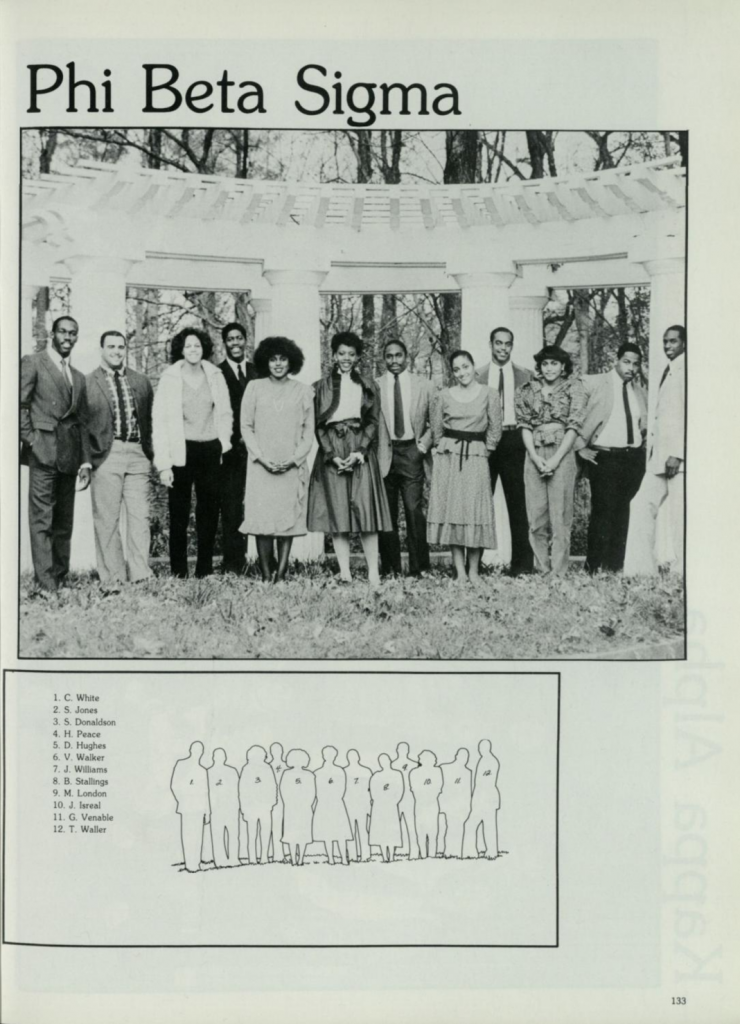
My second blog post this summer focused largely on questions of social spaces. I wanted to look at whether or not the absence of adequate and inclusive spaces forced black students to seek options outside of the University of Richmond campus. From what I have gathered from my oral history interviews with black alums, many black students went home to spend time with their families on the weekends. Social events consisted of small gatherings in the basement of Thomas Hall, a residence hall on campus. When Phi Beta Sigma, the University’s first black fraternity came to campus, social events were hosted by the fraternity in conjunction with the Student Organization for Black Awareness (SOBA).

